1. Hiring an architect:
We discussed previously the idea of choosing an architect that specializes in high-performance Eco-friendly home design and can co-ordinate the work. They should be able to help you find general contractors and subcontractors that can help you carry out your work according to plan.
This route is probably the least stressful for someone not experienced in building themselves, but likely also the most expensive. expect to pay perhaps 10% extra on the total building cost. If your project is a renovation or a truly modest sized home, this might not be the best use of your available funds.
2. Finding a general contractor:
Sadly there are not a ton of general contractors that are truly committed and specialize in ecological home construction, but that is changing. Even if you have no intention to certify your home to LEED or Passive House standards, look for contractors that have worked on such projects.
If you are unsuccessful in finding experienced green builders, find some you trust that show an interest in learning. You can present it as a great business opportunity for them to break into this quickly growing market, and see about getting a discount in the process, as you will likely have to be involved in ensuring your project truly stays on a green track.
Many builders would like to build smarter homes, but they need the clientele to get experience, and oftentimes clients are apprehensive about breaking from the norm, making it a catch 22 situation for the industry as a whole. If you go this route, pat yourself on the back for bringing one more contractor into the folds of green building.
3. Choosing a prefab home:
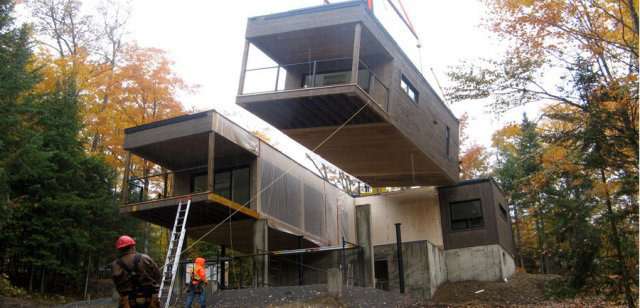
Prefab home manufacturers are beginning to pick up on green building trends and are starting to incorporate the principles of eco-design into their products.
Though they were late getting into the game, Prefabs are now credible competitors in the housing market with some really great new designs and innovations.
If you are going this route look into a home that is at least Novoclimat certified (minimum 25% energy savings compared to conventional housing), you can even find LEED and Passive House pre-fab kit homes.
There are two significant environmental benefits with prefab houses: their components have never been exposed to the elements, and all their cuts are made at the factory where everything is calculated to minimize losses. So right here you are reducing the waste generated by your project.
This option is not necessarily cheaper than a house built on site by a contractor, but the delivery schedule may be more realistic. This can be beneficial with planning, and help you make a quicker transition into your new home. If an affordable prefab Rancher style eco homes on one level are most suitable, see here for the Abri range - ideal for retirement or reduced mobility families.
It can be a bit of a juggling act to purchase property and finance a building project while continuing to pay for housing through rentals or mortgages. In this way, a Prefab home can save you some money, simply by not carrying two properties for the year or so during a building project.
4. Building a house yourself:
Don’t choose this option because you think you will save a ton of money, for many reasons that isn’t necessarily the case. Depending on your experience there may be a hefty learning curve and you may make mistakes along the way. Also put a dollar value on your time; either you will give up weekends for the rest of your natural life or you’ll need a leave of absence from your job at the widget factory.
This is not meant to talk you out of it, but to help you realize what you are getting into. You will need a place to live during the build, which means carrying two mortgages, renting, or finding other living arrangements.
Moving into the home before it is completed is a tempting option, and for some the only option. This will undoubtedly lead to a later completion date, and a whole host of unfinished components, as you rush to make it liveable and tell yourself “I’ll get to that later.”
One option to investigate if you have the available funds, is purchasing a trailer to live in. They tend to hold their value well if not abused or driven, so you can live on site and sell it afterwards.
5. Prefab homes and kit homes:
You can purchase a shell (four walls and a roof), and finish the inside yourself. This can be an interesting option for the beginner who wants to build their own home but is intimidated by the idea of taking on an entire building project.
Manufacturers of prefabricated homes can help you with this, as well as many general contractors — simply make your contract raising and closing the home, keeping interior finishing work for yourself.
It’s not a great idea to leave your home exposed to the elements for too long and this route protects your investment by having it raised and protected from rain in a time frame that you couldn’t do on your own.
Whether you are doing it all or partially by yourself, if there is an aspect that you are really not familiar with, you can always find a subcontractor on your own to get past intimidating hurdles.
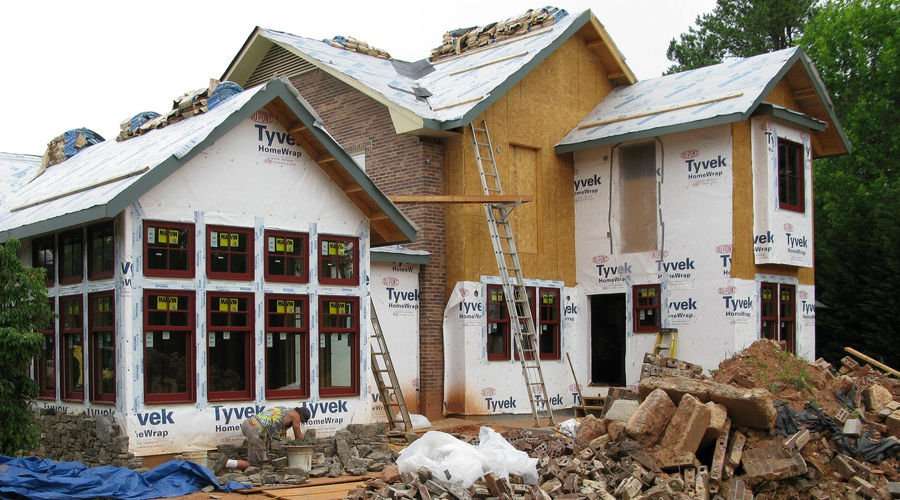














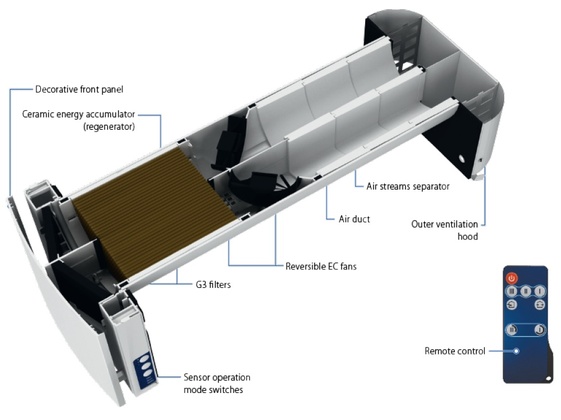

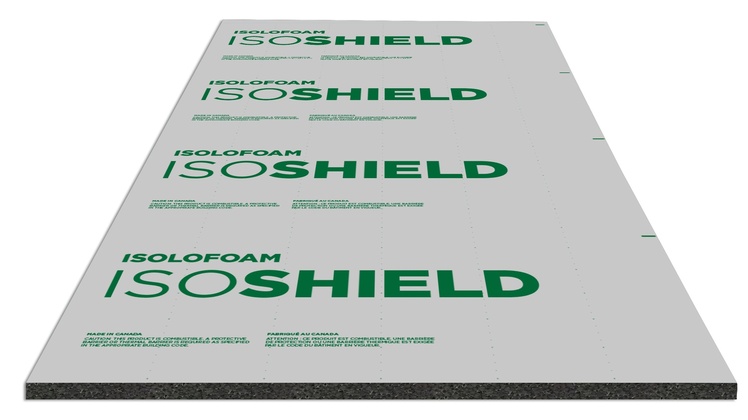


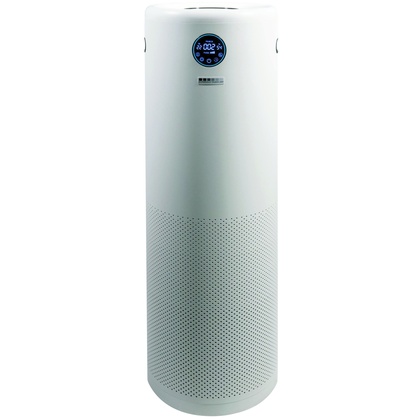



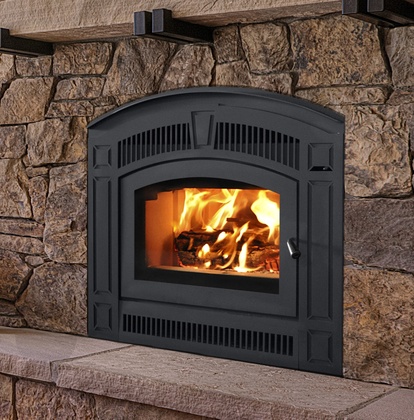

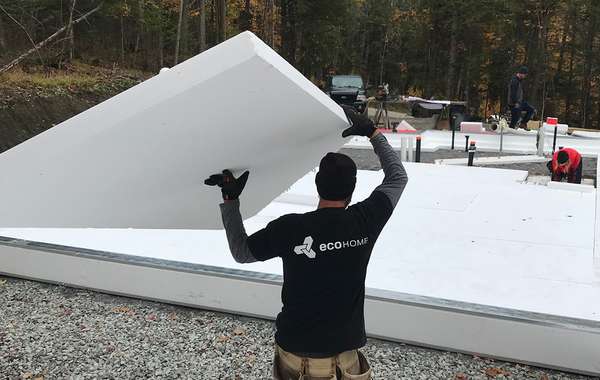
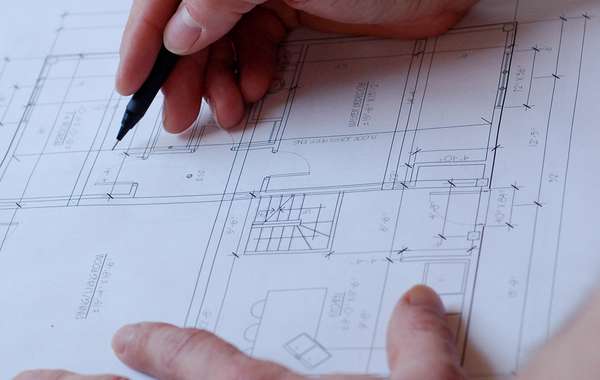
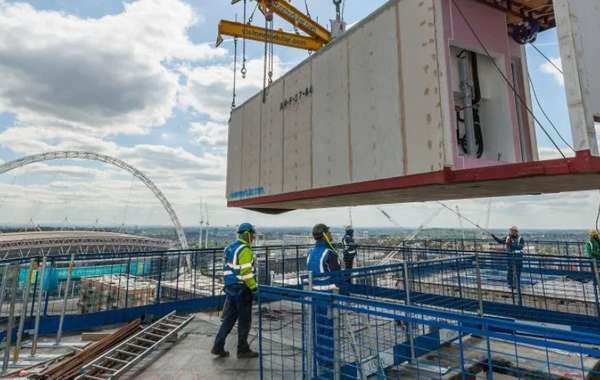
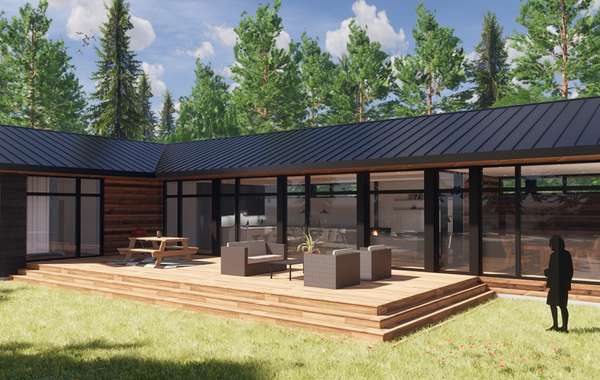
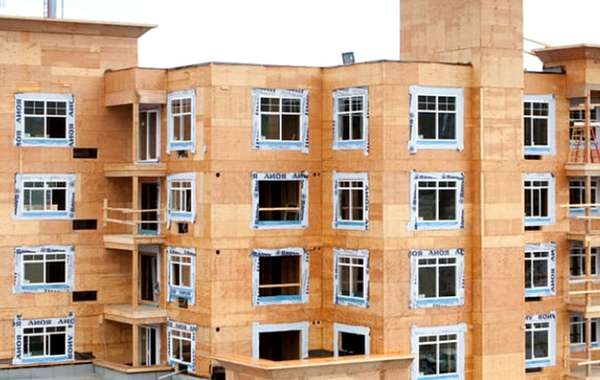
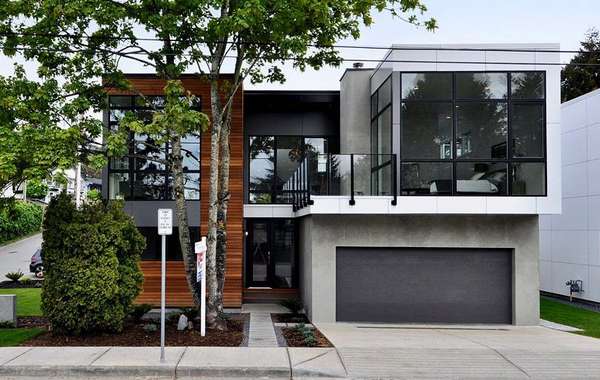
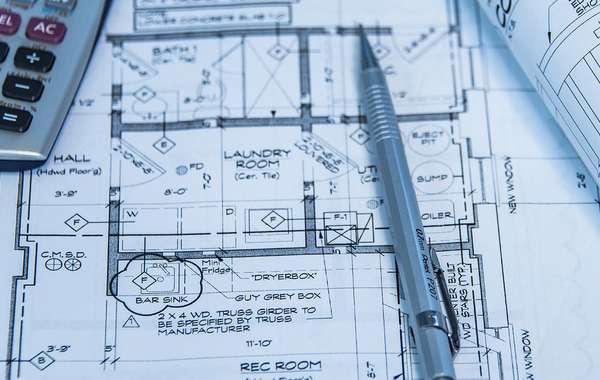
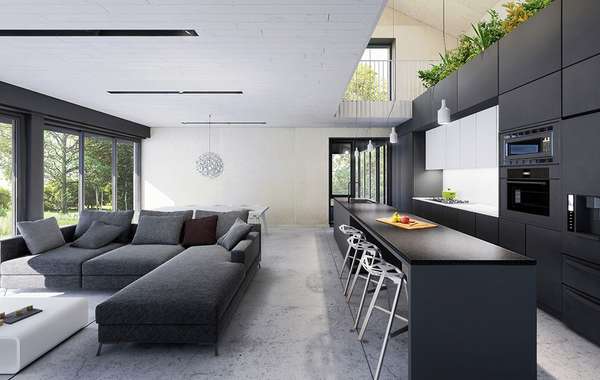
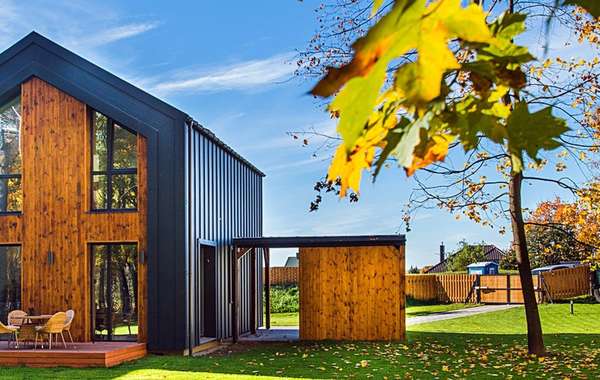
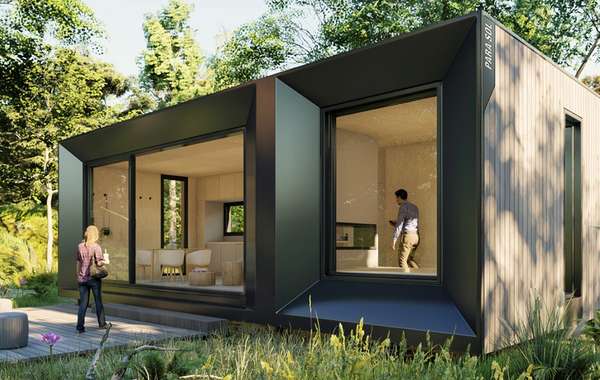
Comments (0)
Sign Up to Comment